Hello, I'm Carlos Coste, and I'm delighted to return to guide you through the concept of freediving in open waters beyond the confines of a swimming pool. By exploring the vast expanses of the ocean or other open areas, you can hone your skills and enhance your enjoyment of the sport. In the following minutes, I'll share some tips and ideas on how to develop your freediving abilities in the Sea of Cortez.
Why venture into freediving beyond the confines of a pool? In my opinion, it's the most enjoyable aspect of the sport. While using a pool and line is essential for learning and mastering the necessary techniques, once you've achieved basic certification, the open ocean, cenotes, lakes, and reefs become your playground. Competitive freedivers may rely on the pool and line for their events, but they also relish the opportunity to explore the vastness of the ocean. It's akin to running a marathon - while a track is necessary for training and competition, the real fun lies in exploring the city streets or nature trails.
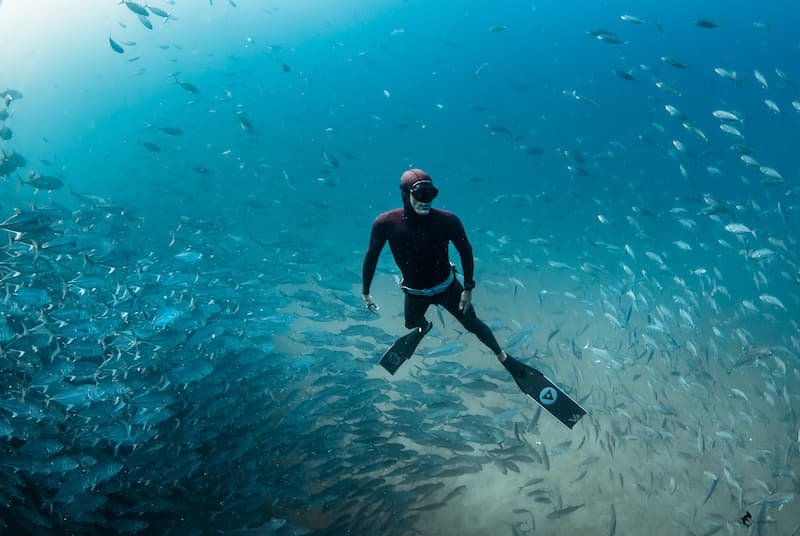
The Sea of Cortez is a premier location for freediving outside the line, boasting a rich underwater world that is home to over 900 species of fish and an exceptionally high concentration of marine mammals. The biodiversity of this body of water is truly remarkable, and you'll be left awestruck when you immerse yourself in its depths. In the following minutes, we'll delve into how to effectively freedive in this area, and I hope you'll find it informative and enjoyable. To provide greater insights into this subject, I'd like to introduce Petra, my partner in Freediving Explorations. She is a specialist in fauna interaction, having participated in research projects with various NGOs around the world. Petra is intimately familiar with the Sea of Cortez, having lived in the region for over three years and working as a freediving instructor. Her contributions will be invaluable in this comprehensive guide.
Greetings, my name is Petra and I reside in La Paz, situated near the Sea of Cortez. As an underwater photographer, freediving instructor, and fauna interaction specialist, I possess a deep appreciation for the aquatic world. Jacques Cousteau once referred to the Sea of Cortez as the aquarium of the world, and I firmly believe that he was right. With over 900 fish species and over 2,000 invertebrates, the Sea of Cortez is an incredibly biodiverse body of water that is also home to a substantial population of mammals. Additionally, it is the youngest sea on the planet, which further adds to its unique appeal.
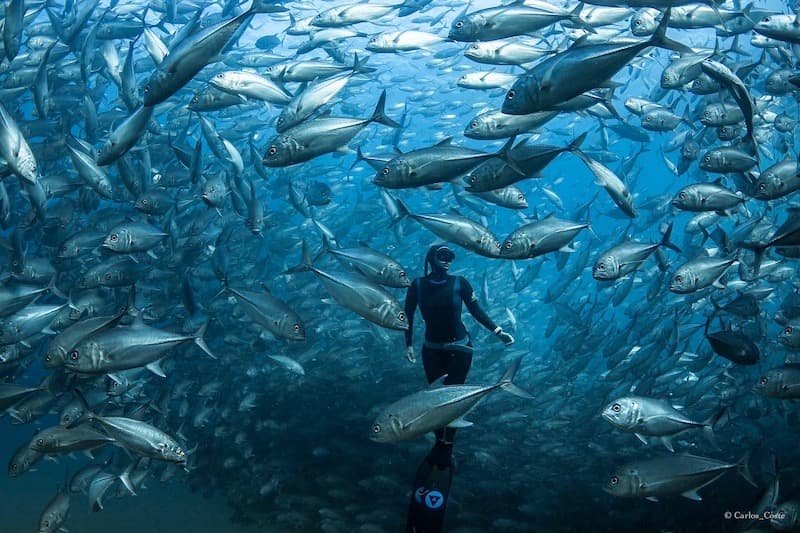
Many individuals inquire about the reasoning behind the remarkable biodiversity present in the Sea of Cortez. The explanation can be attributed to tidal movements. Although the Sea of Cortez experiences limited tides, the Pacific Ocean does, which has a significant impact on the former. Additionally, the varying depths within the Sea of Cortez and the tidal movements from the Pacific Ocean create a sort of whirlpool effect, akin to a washing machine. This action carries vast quantities of zooplankton, plankton, and other nutrients within the water, fostering a thriving ecosystem. When there is an abundance of nourishment, the fish flourish, and this, in turn, pleases the predators, creating a cycle of life.
The first season of the year for freediving in the Sea of Cortez is spring, which offers a spectacular view of mobula aggregation. Thousands of mobulas gather together during this season, making it an awe-inspiring sight. The water temperature can be a bit cold, ranging from 20 to 23 degrees Celsius, and it can drop to 18 degrees Celsius with a thermocline, so it is recommended to wear a good-quality wetsuit of around five millimeters. The visibility may still be a bit green due to the presence of plankton and nutrients in the water that attract the mobulas. The season starts in late March, lasts through April, and extends into May. In May, the water temperature rises, and the visibility improves, providing an excellent opportunity for photography and freediving. Along with the mobulas, orcas may also be spotted between March and June, depending on the year. Humpback whales, which migrate to the Sea of Cortez during winter, can also be seen until early or late spring. With some luck, you might even catch a glimpse of blue whales swimming through the channel, among many other marine mammals.
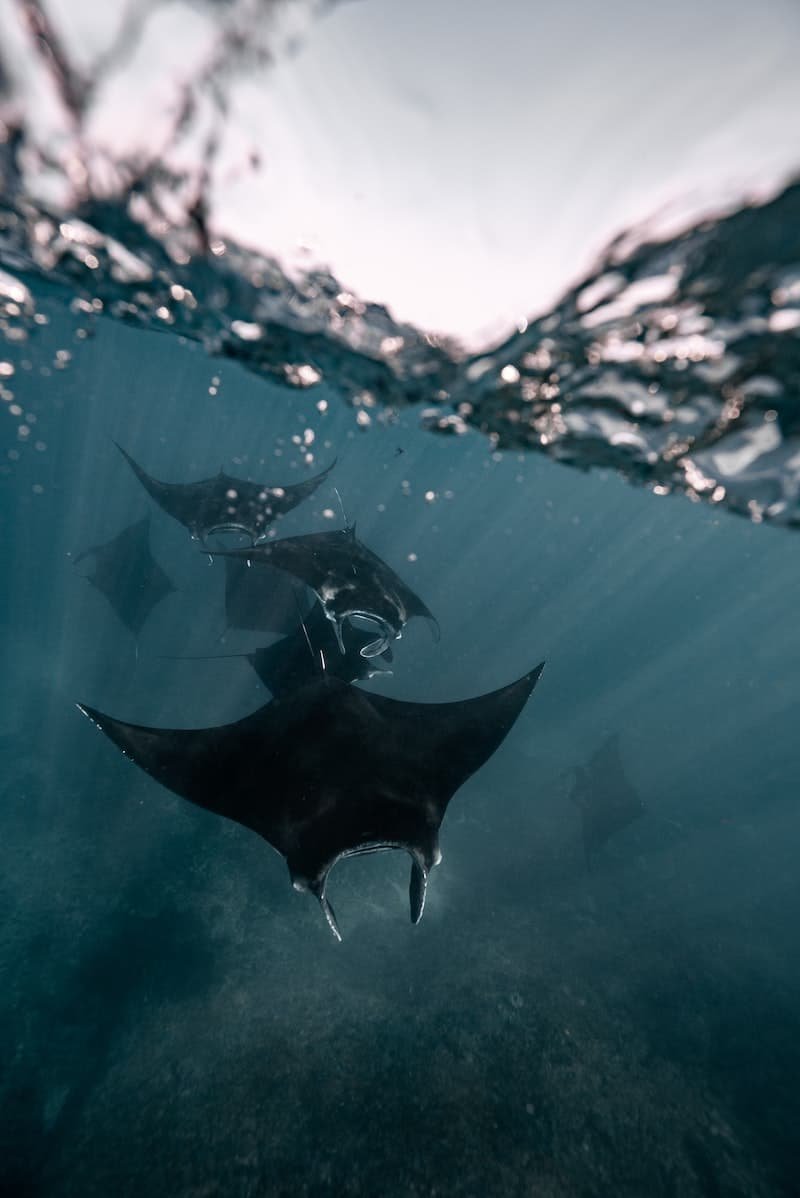
During summertime in the Sea of Cortez, the biodiversity continues to thrive with the arrival of giant mantas around July, which can last until July depending on the year. As the water temperature begins to warm up and the visibility improves, it's important to note that the outside air can get really hot, so staying hydrated is crucial.
Autumn is a highly sought-after season in the Sea of Cortez, not only for freedivers, but also for photographers, divers, and animal enthusiasts. The newborn sea lion pups make their appearance from September to October and can be seen swimming playfully around. The visibility is excellent, and the absence of north winds results in calm and lake-like conditions. The water temperature is still warm, hovering around 28 Celsius and slowly starting to cool. This season offers a plethora of exciting activities, including exploring the sea lion colonies, observing the abundant fish and turtle life, and venturing into the caves on the islands. Visitors can also drive down to Cabo Pulmo to witness the impressive bull sharks and large schools of jack fish.
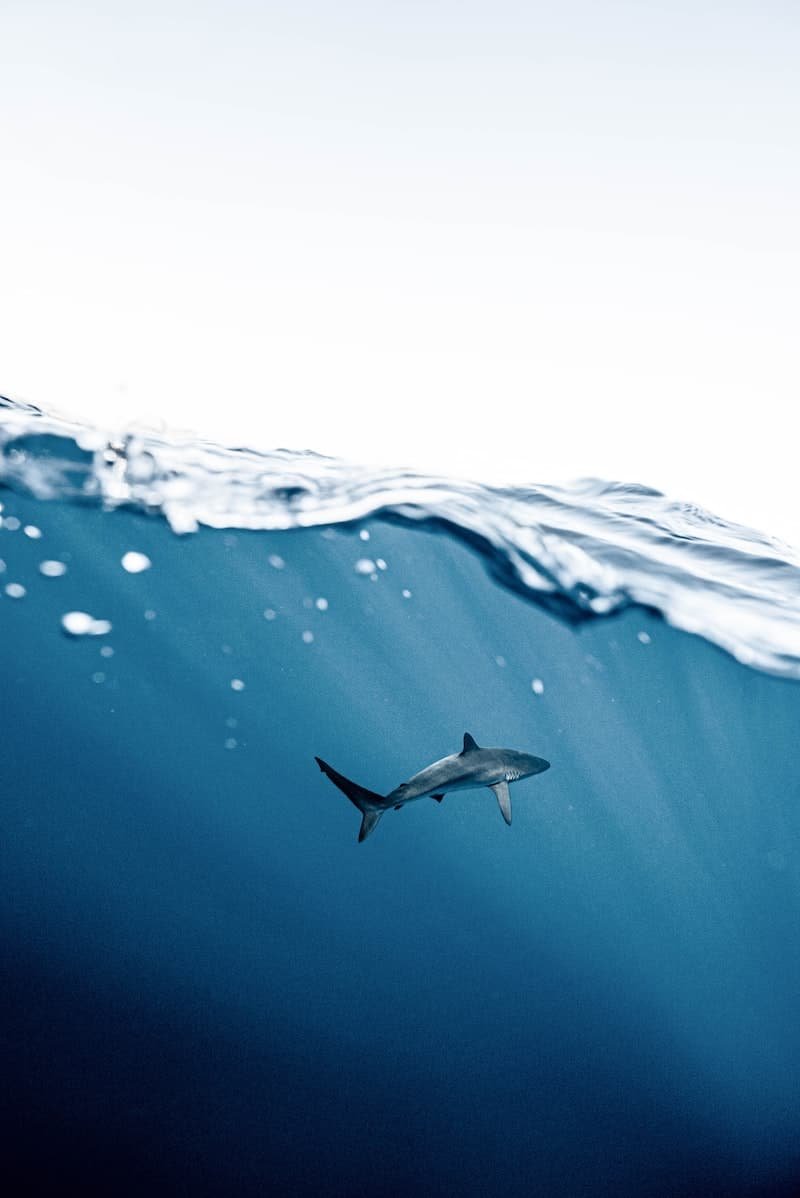
Moving onto winter in the Sea of Cortez, the water temperature begins to drop slowly from December onwards, usually around 24 Celsius. The visibility is still manageable, but the water is becoming greener due to increased nutrition. November sees the arrival of whale sharks, but their concentration is much higher in December. Humpback whales also start to arrive, along with other whale species. By January and February, visibility is limited and water temperature drops drastically to around 16-18 Celsius. This time of year may not be ideal for freediving, but it's a great time to witness the beauty of the whales and other large animals that come in due to the increased nutrition in the water.
Dolphins are a common sight during freediving explorations and can be found in the Sea of Cortez almost all year round. Mega pods of butternut and common dolphins can often be seen, and their behavior can vary depending on whether they are traveling, feeding, or cruising. If they are feeding and cruising in one area, it's possible to enter the water with them, but it's important to be respectful and approach them gently and quietly. When interacting with dolphins while freediving, it's important to be aware of their mood, as they are very curious animals and will show interest if they're in the mood for it. If they are in the mood, they may play and click around, and the best way to interact with them is to go up and down and spin a little bit. Dolphins can stay around for up to an hour if they're in the mood.
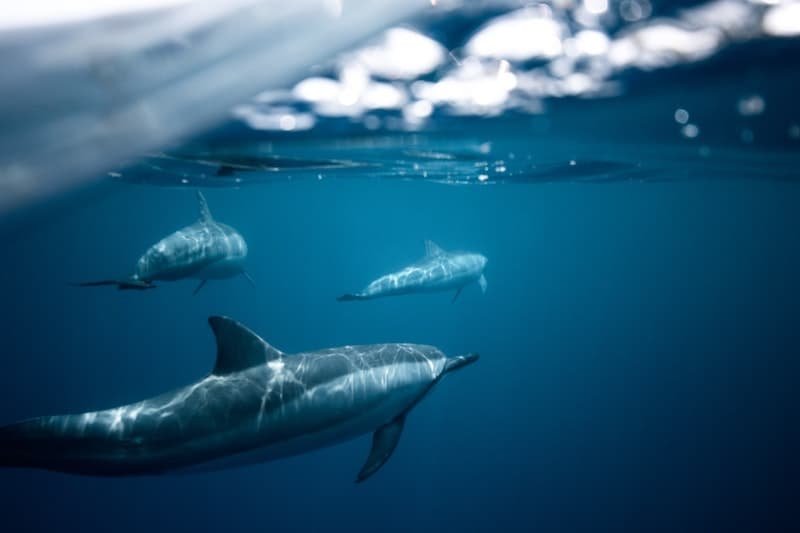
There are several species of sharks that can be found in the Sea of Cortez, including bull sharks, silky sharks, blue sharks, hammerheads, and whale sharks, which appear during the beginning of winter. One of the best places to interact with sharks is Cabo Pulmo, a national park with a popular cleaning station for bull sharks. Sitting on the bottom and watching them swim around can be a very enjoyable experience. Cabo San Lucas is also a good location for interacting with sharks, where you may find silkies, blue sharks, and occasionally hammerheads. Another place to see whale sharks is La Paz, although snorkeling on the surface is the only permitted method of interaction due to national park regulations.
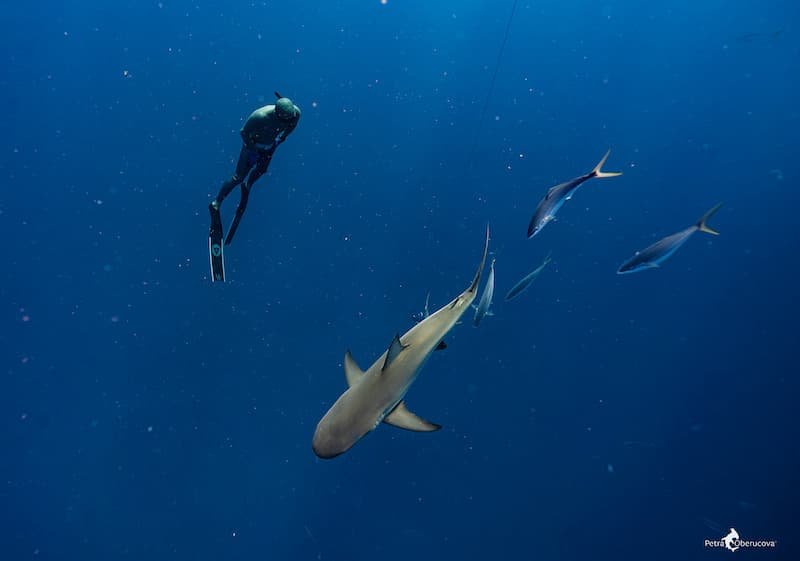
For me personally, one of the best experiences in the water is interacting with sea lion pups. They are like puppies, very playful, social, and love to mimic us. They also love to dive up and down as fast as possible. The Sea of Cortez has many sea lion colonies, so it's common to encounter them while freediving, spearfishing, or swimming in the open ocean.
When interacting with sea lions, it's important to remember that it's mostly the younger ones that play and interact. Adult females and alpha males typically keep to themselves. To grab their attention, one can swim down to a shallow depth and position themselves with their head down. However, it's important to remember that sea lions are wild animals and should be treated as such. The puppies may nip or play with you, but it's important to recognize when their behavior becomes too aggressive and to push them away gently with your fins. It's also important to keep an eye on the larger sea lions, especially the alpha males, who are very territorial but not dangerous. If you encounter one, avoid making eye contact and calmly swim further away from their territory.
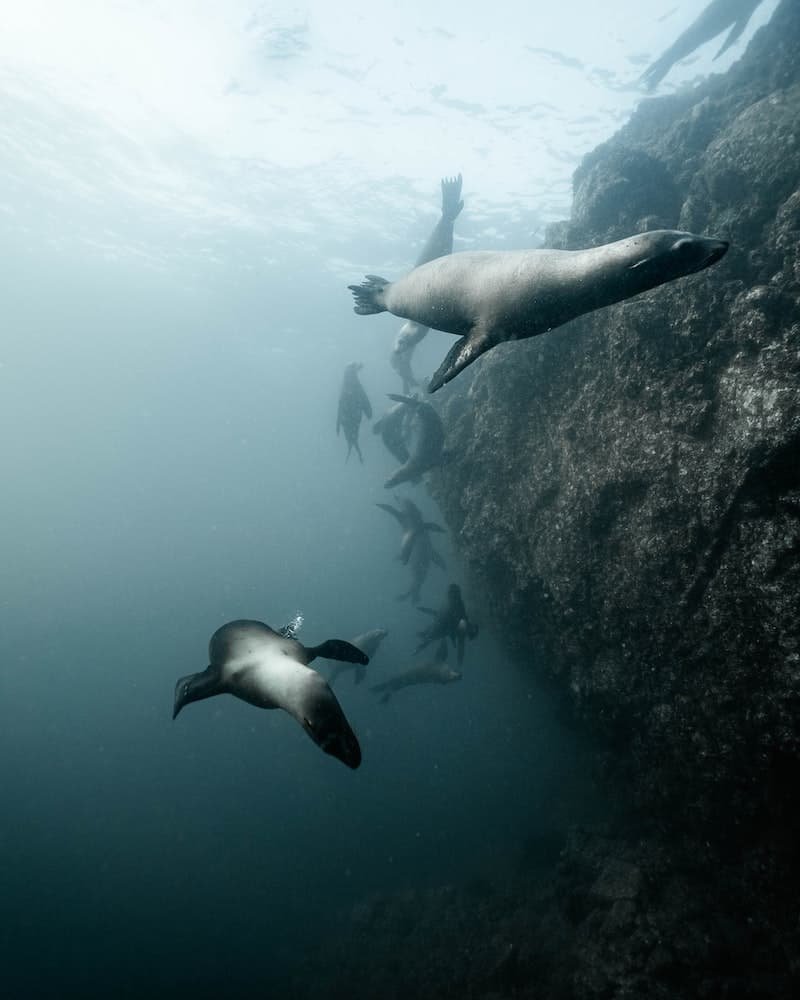
In the Sea of Cortez, a variety of whales can be spotted, such as blue whales, fin whales, orcas, sperm whales, humpback whales, and gray whales. Although encountering a humpback whale is rare, it's an incredibly beautiful experience. However, they are easily frightened, so they don't linger around. Therefore, if you do happen to come across one, it's important to remain still and quiet to fully appreciate the moment.
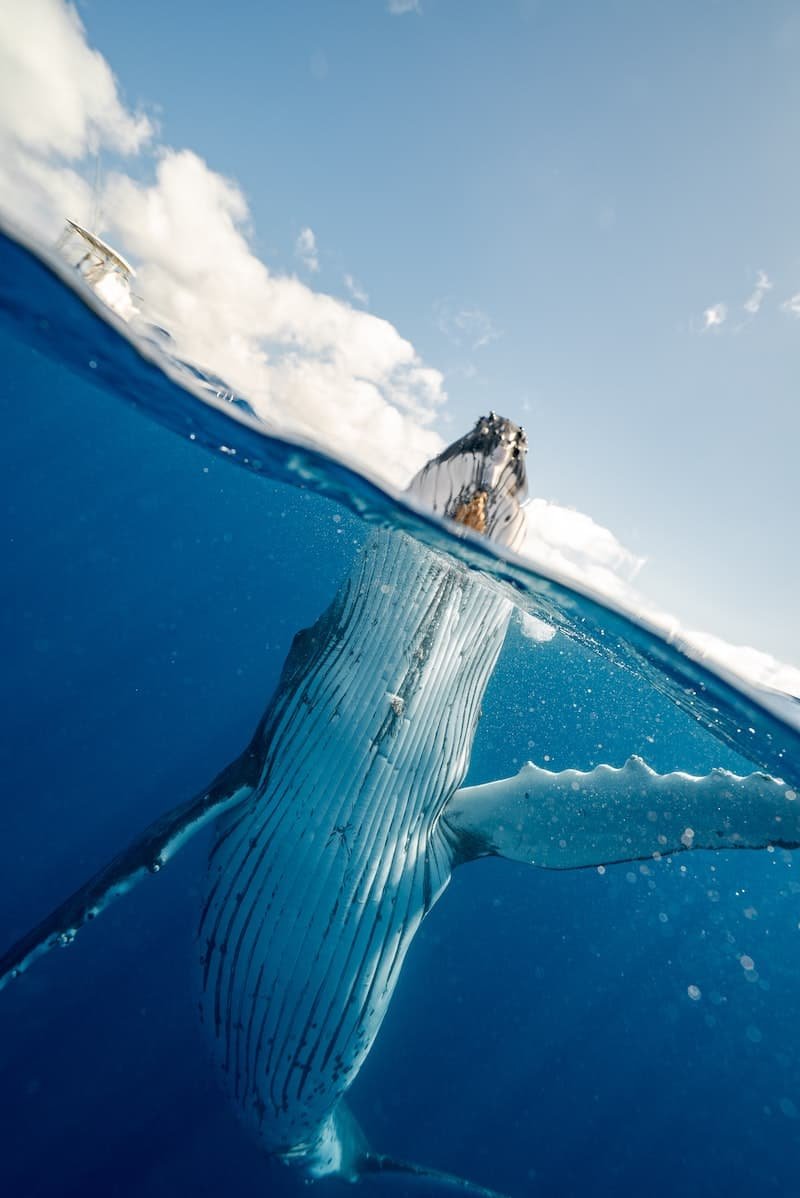
Every spring, we are fortunate to witness a massive aggregation of thousands of mobula rays in the Sea of Cortez, which we call the mobula aggregation. These rays are also known as flying pancakes due to their acrobatic behavior of jumping and sometimes even flipping out of the water. This jumping behavior makes it easy to spot them from the boat during early morning or sunset. When freediving with mobula rays, we must be very respectful and not disturb them. We observe their behavior and vibration before joining them in the water. Some schools are skittish and run away while others are comfortable and stay with us. When the group accepts us, we swim with them slowly and enjoy the experience.
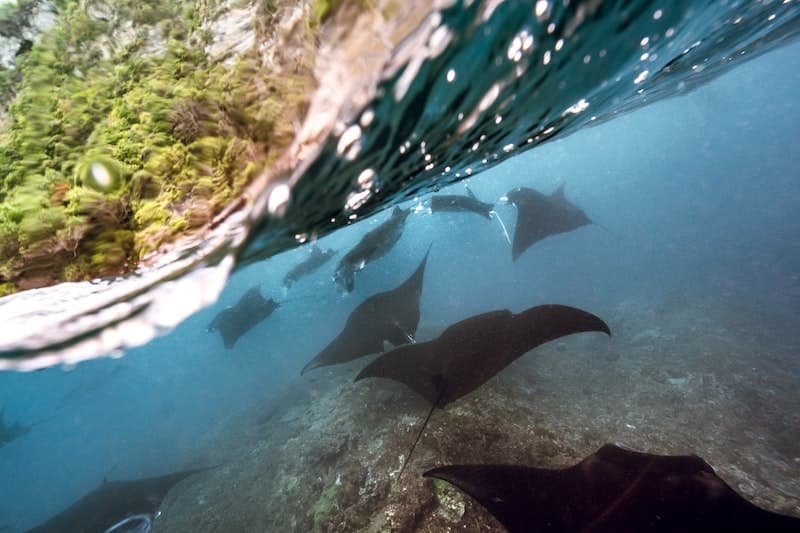
To fully appreciate the aquatic life in the Sea of Cortez, it's crucial to be respectful and avoid harassing the animals. As a freediver, you'll likely be with a boat captain, guides, or friends, and should coordinate with them to ensure safety and avoid accidents. Always secure your equipment before entering the water, and stay hydrated, especially in the hot and dry conditions. It's also essential to have a responsible captain who knows how to approach areas with animals and to avoid chasing or harassing them. This is particularly important given recent problems with boats chasing orca families. Instead, respect the animals and strive to maintain balance in this beautiful environment. We hope you've enjoyed learning about this incredible place and invite you to join us for some freediving explorations in the Sea of Cortez soon.